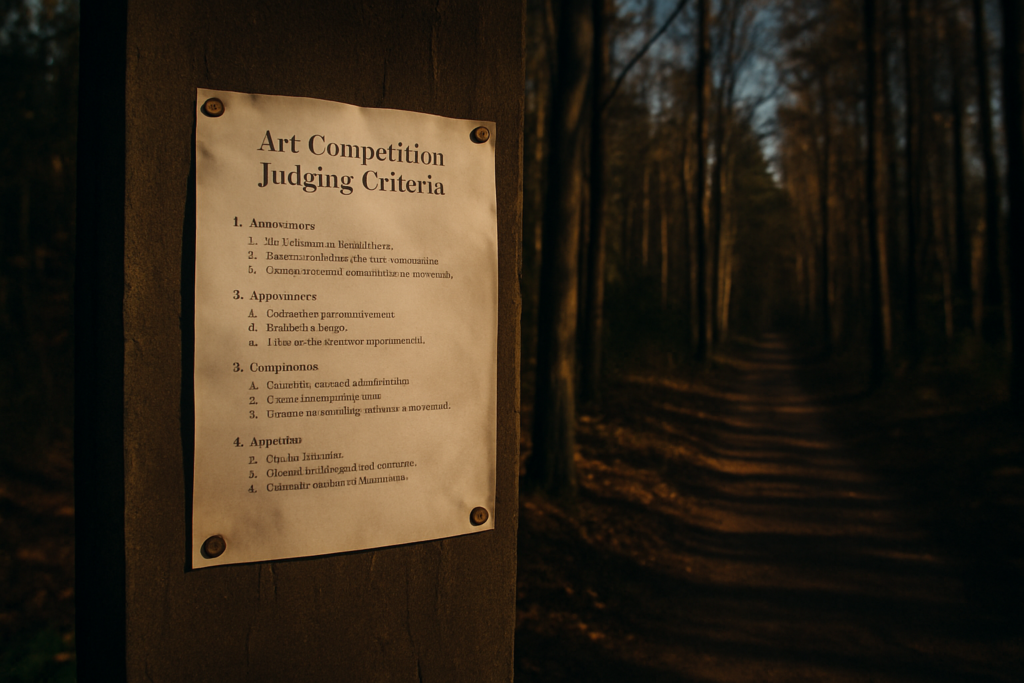Stepping into the intricate world of art competitions unveils a realm where creativity meets critique. As a seasoned artist, I’ve often pondered what truly captivates the discerning eyes of judges in these exclusive settings. Delving into the minds of these arbiters of artistic excellence offers insights that can shape the trajectory of one’s creative journey.
Navigating the nuances of color, composition, and concept, judges embark on a quest to unearth the gems among a sea of submissions. Their keen eye for detail and profound appreciation for originality form the bedrock of their selection process. Understanding the criteria that underpin their decisions can empower artists to hone their craft and present works that resonate with the discerning tastes of these art connoisseurs.
Understanding the Role of Judges in Art Competitions
As a judge in art competitions, I meticulously scrutinize each submission based on specific criteria to ensure fairness and artistic excellence. Let’s explore the key aspects that shape the decision-making process in these competitions.
Criteria Used by Judges
I assess artworks based on criteria such as technique, originality, and interpretation of the theme. Technique refers to the skill and craftsmanship demonstrated in the artwork, while originality emphasizes the artist’s unique perspective and creative voice. Interpretation of the theme gauges how well the artwork aligns with the given subject matter, showcasing the artist’s ability to communicate ideas effectively.
Challenges Judges Face
Judges often face the challenge of balancing subjectivity and objectivity in their evaluations. While personal preferences and biases can influence judgments, it’s essential to maintain objectivity by focusing on the established criteria. Additionally, handling a large volume of submissions requires judges to allocate sufficient time to each artwork, ensuring a thorough and impartial review process.
Insights From the Jury Room
Decision-Making Process
In the jury room, my fellow judges and I carefully evaluate each submission based on specific criteria. Technique plays a crucial role in our decision-making process. We look for mastery of skills, precision, and execution in the artwork to gauge the artist’s proficiency.
The Impact of Personal Bias
Despite our best efforts to remain objective, personal bias can sometimes influence our decisions. Recognizing and overcoming these biases is essential in ensuring fairness. We strive to uphold integrity in our judgments by being aware of our predispositions and focusing on the established criteria.
Key Factors Influencing Judging
When judging art competitions, several key factors play a vital role in determining the winning submissions. Let’s explore the crucial aspects that influence judges’ decisions.
- The Importance of Originality
Originality stands out as a primary criterion highly valued by judges in art competitions. Unique perspectives, creative concepts, and innovative approaches can captivate judges’ attention and set artworks apart from the rest. As an artist, I know that presenting fresh ideas and pushing the boundaries of creativity can significantly impact the final judgment. - Technical Skills and Presentation
In art competitions, technical proficiency and presentation quality are essential elements that judges carefully assess. From brush strokes to composition, mastery of skills showcases an artist’s expertise and dedication to their craft. Moreover, how the artwork is presented, whether through impeccable framing or impactful display, can enhance its overall appeal to the judges. As an artist myself, I understand the significance of honing technical skills and paying attention to every detail in presentation to make a lasting impression on the judging panel.
Strategies for Artists Entering Competitions
How to Impress the Judges
When aiming to impress judges in art competitions, it’s essential to showcase originality in your work. Being bold with fresh ideas and pushing creative boundaries can capture the attention of judges seeking unique and innovative pieces. Additionally, demonstrating mastery in technical skills and paying attention to the quality of presentation can significantly enhance your chances of standing out among other submissions.
Common Mistakes to Avoid
To increase your chances of success in art competitions, it’s crucial to steer clear of some common mistakes that artists make. One mistake to avoid is overcomplicating your piece, which can detract from its overall impact and message. Another common pitfall is neglecting the presentation quality of your work, as judges often consider how effectively your piece is presented. Lastly, failing to adhere to the competition guidelines and rules can lead to disqualification, so it’s vital to carefully read and follow all submission requirements.



